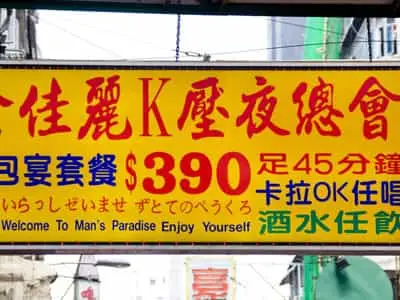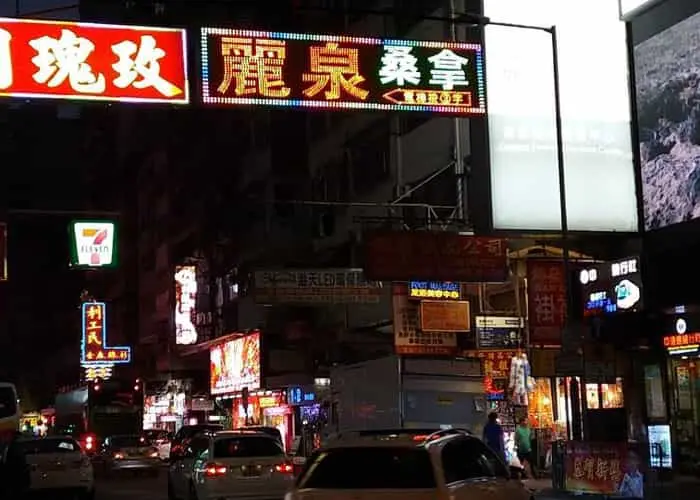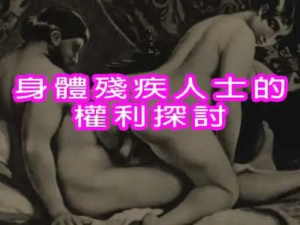K-press: An analysis of the consumption patterns of original pornographic entertainment in Hong Kong

Table of contents
In the bustling city of Hong Kong, various entertainment consumption models emerge one after another. Among them, "K-pressure", a unique form of erotic entertainment that combines karaoke and acupressure services, is considered to be an original consumption model in Hong Kong. This model not only meets the entertainment needs of male customers, but also provides one-stop sexual services at relatively low prices, so it is quite popular among specific groups. This article will discuss the operation mode, consumption process, social background and impact of K pressure.

What is "K pressure"?
"K-press" is a unique erotic consumption model in Hong Kong. Its name combines "karaoke" and "Acupressure"Two major elements. This special business model originated in the early 2000s and is mainly distributed inMong Kok, Yau Ma Tei and other old districts, with its selling points of "cheap, fast and hidden", it has become a popular consumption choice for local grassroots men and mainland tourists.
The core of K-pressure is to combine the entertainment of karaoke with acupressure (massage and sexual services) to form a unique consumer experience. This type of venue usually operates in the form of a karaoke bar with private rooms. Once customers enter, the manager will arrange for several sex workers (commonly known as "ladies") for the customers to choose from. After being selected, the lady will accompany the guests in singing and drinking, creating a relaxing atmosphere.
Different from traditional karaoke, the singing time of Karaoke is shorter, usually about 15 minutes, during which beer, soda and other drinks are provided. This period of time not only allows the customer to interact with the lady, but also serves as a "warm-up" to allow both parties to establish a preliminary sense of familiarity. Afterwards, the customer and the lady will move to a nearby clock hotel (a hotel that charges by the hour) for follow-up massage and sexual intercourse.

K-press operation process decryption
K-press consumption model has a clear process:
Selecting a lady: After the guest enters the box, the manager will bring several ladies for selection. The guest can choose based on appearance, figure and other preferences. Singing session: The ladies will accompany the guests to sing and drink for about 15 minutes, during which drinks are free. Change of location: Both parties go to a nearby clock hotel for massage and sexual intercourse.
Place Setting:
K pressureThe venues are often disguised as ordinary karaoke bars from the outside, but have soundproof rooms inside. According to industry insiders, these venues have an average of 8-12 private rooms, each about 5-8 square meters, equipped with basic audio equipment and neon lights.
Consumption process:
Selection process: After the customer enters, the manager will arrange 3-5 ladies to enter the room in a "rotational" manner, which is called "viewing girls" in the industry. Singing time: The selected ladies will sing for 15-20 minutes, during which free beer (usually cheap brands such as Blue Ice or Tsingtao) will be provided. Transition transaction: After completing the singing, both parties move to a nearby clock hotel (mainly cheap hotels such as "Xinxing" and "Miramar") to have sexual intercourse.
Fee Structure:
According to the 2025 undercover investigation: Basic room fee: $430/hour Beverage fee: Regular beer $70 half dozen, Blue Girl $100 half dozen
DickCost: $$430 + $120 rent
Total consumption is about $1080

Discussion on social causes
Economic factors
Living space in Hong Kong is small and traditional "upstairs housing" cannot meet the needs. K-press provides a solution that combines "immediacy" and "sociality".
Cultural characteristics
It combines the Hong Kong-style "drinking and having fun" culture with the mainland's "mass-market KTV" model, which is in line with the Chinese society's social habits of "talking while having fun".

Conclusion
K-pressure, as a variant of the erotic industry unique to Hong Kong, reflects the survival wisdom and social needs of the urban lower classes. Its continued existence is not only a legal issue, but also involves deep-seated contradictions such as economic imbalances and immigration policies. How to balance regulation and reality in the future will continue to test the authorities' governance wisdom.
Further reading:







